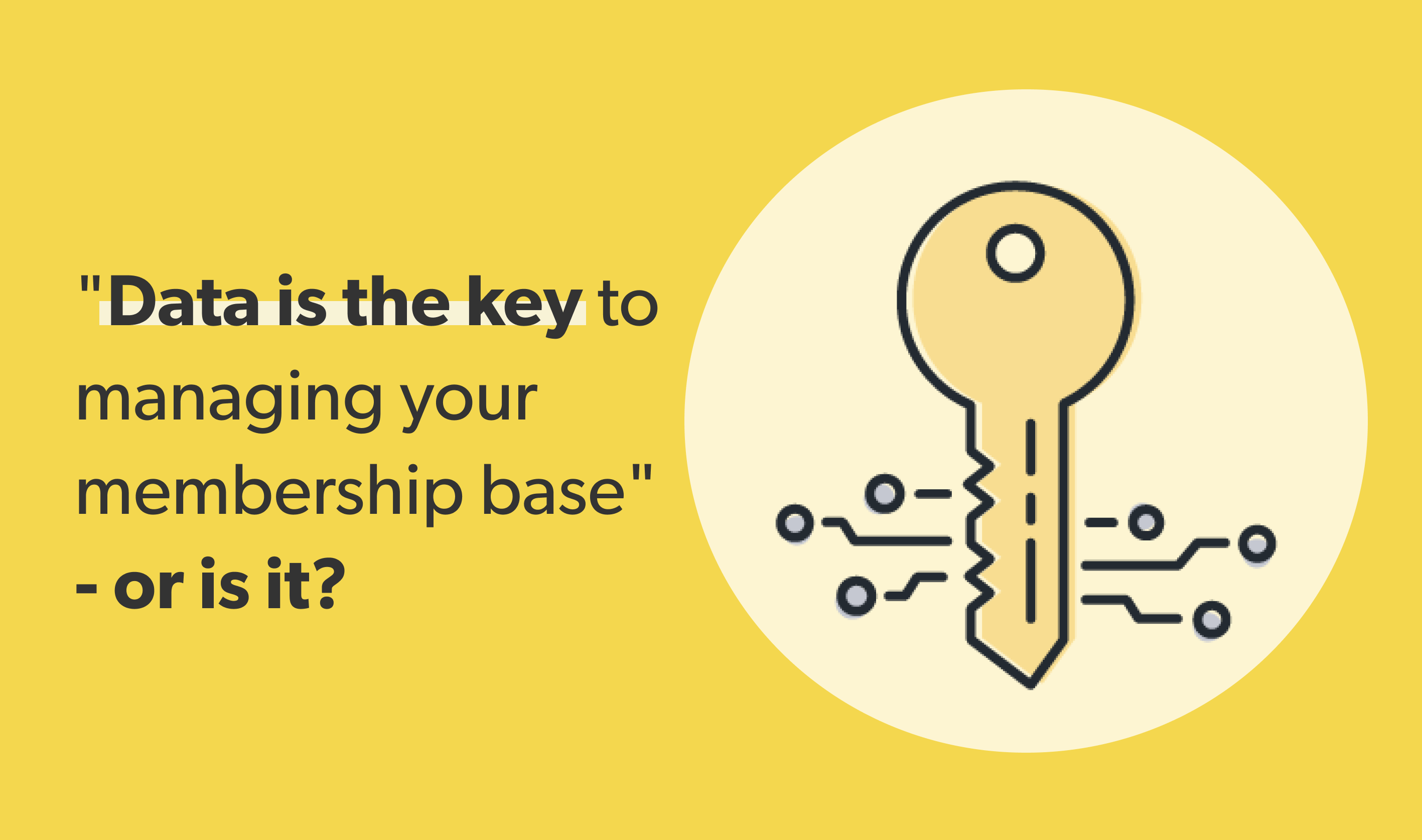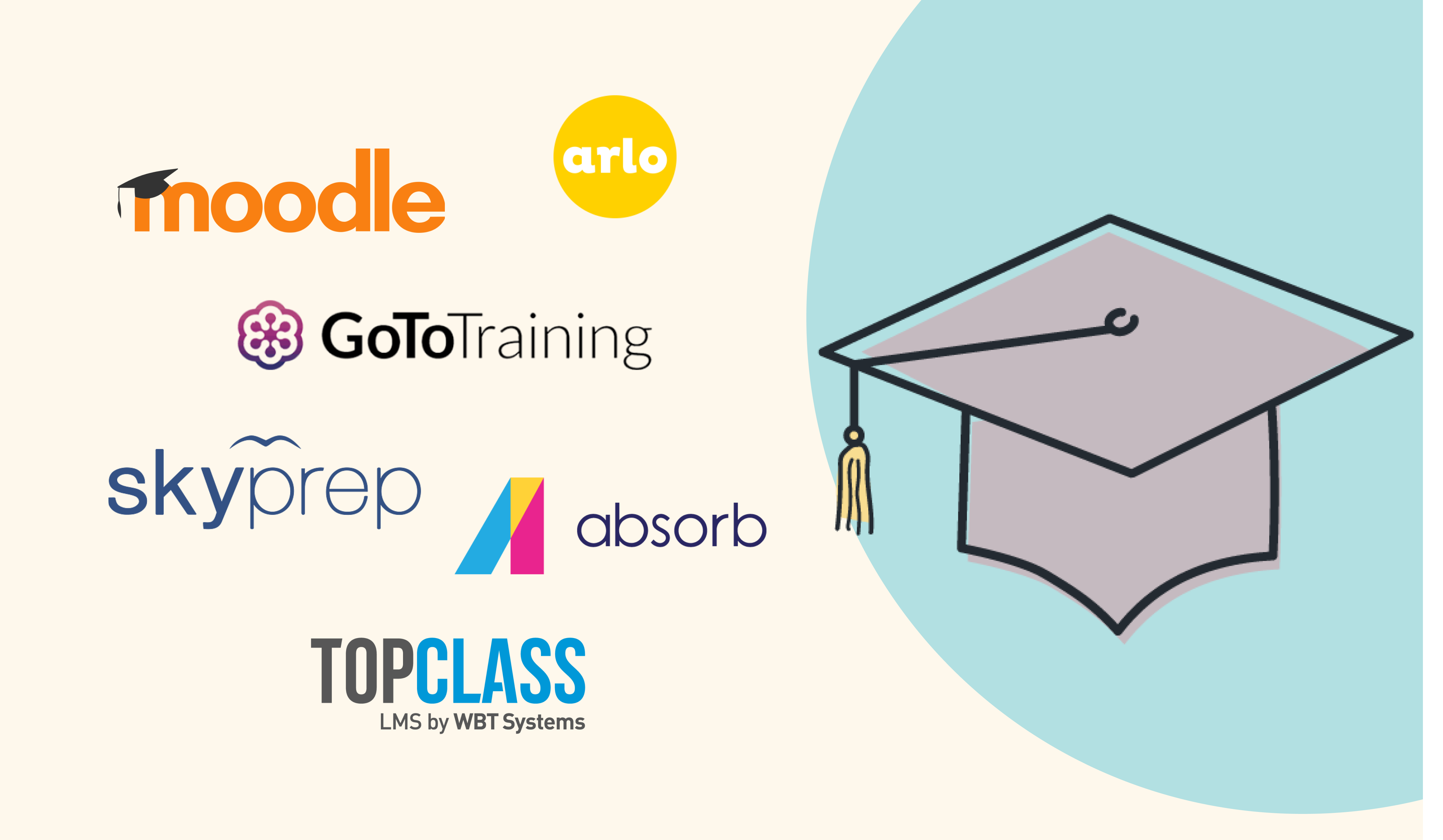5 ways to be 5 years ahead in eLearning
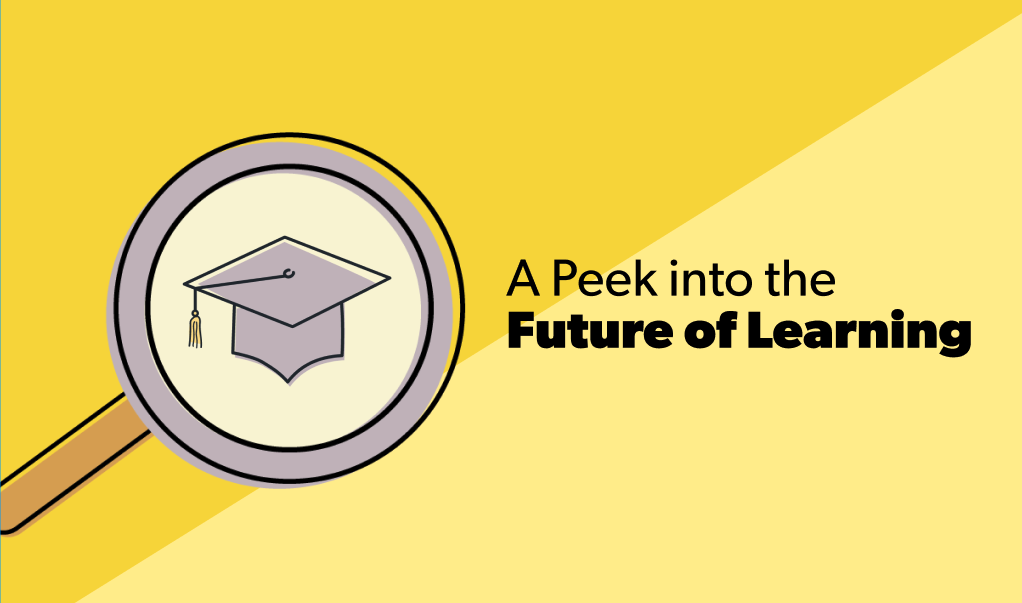
As much as so many of us would hate to admit it, there are days (two, three, four… no more than four, right?) that we don’t leave our homes. Mostly, that’s because more and more of our daily work and activities have shifted from in-person to digital. For better or worse, our habits around where we seek out information have shifted as well. The more we expect to interact, socialize, and read through Zoom, Instagram, and ThisBetterNotBeFakeNews.com, the more we also expect the same when it comes to learning. Whether it’s levelling up an existing skill, or getting a certification, many people are ditching in-person classes in favour of eLearning courses. The education experience is evolving, there’s no doubt about it.
And yet, amongst the many truths about evolution, one that we can all agree on is that there’s simply no end to it. From where you stand to the furthest point you see, there’s still much beyond that’s unknown despite how much you squint and inch forth. As much as learning has changed over the years by taking on new forms in new channels (through videos and social learning, for instance), it will only continue to adopt new norms over time. Rather than play catch up later, why not stay on top of where the future of eLearning is headed?
With a caution for “no one knows concretely which trends will stick and which will fizzle”, rest assured that the ones below pass the test of “these are all becoming standard table stakes in the world of education and it’s highly predictable they will continue to trend upwards over time”.
Future-proof Tip #1
Meeting learners where they are with micro-learning
One of the effects of a mobile-first generation is that people expect to access material on the go in consumable ways. The same goes for learning. Traditionally, learners would sit down at a desk for hours reading, summarizing and internalizing new information in a linear way. With microlearning, that gets put to the challenge. Instead of being long-form, content is short and highly targeted to the moment or to the need.
Instead of enlisting in a 20-hour course, a learner can access bite-sized knowledge in text, videos, or audio through the web, or on their phone. Because knowledge is broken up into 15-30 minute chunks, they’re able to access only what they need and in a way that works with their schedule.
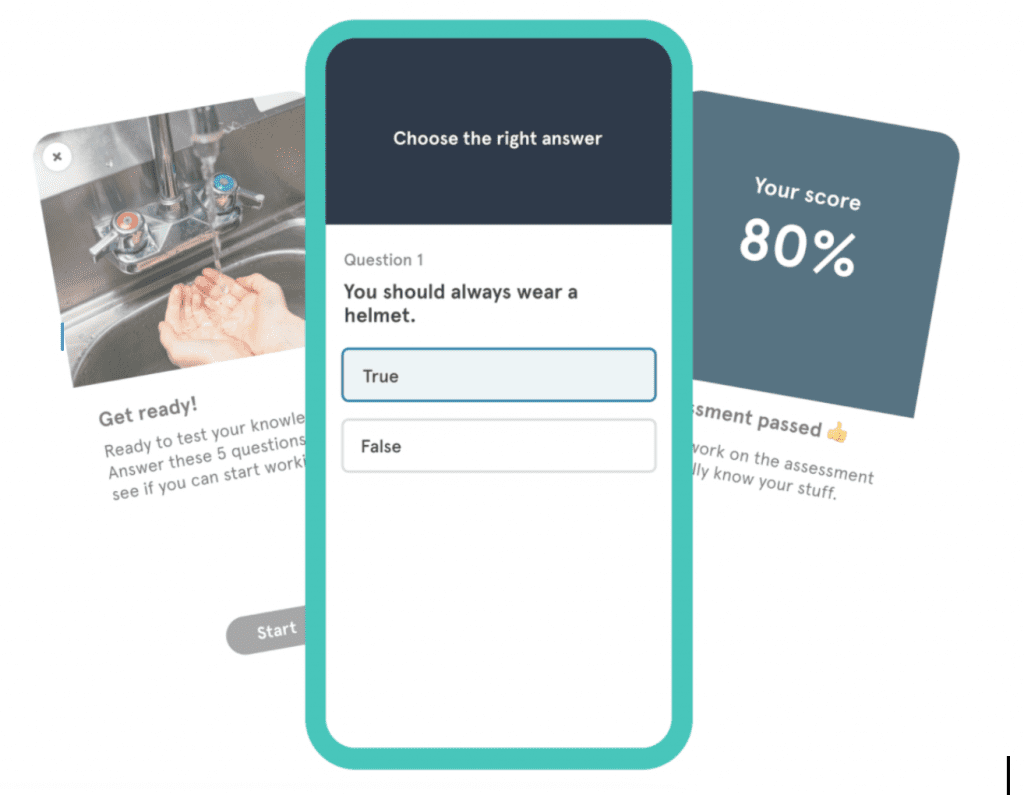
While most educators might not scrap the traditional way entirely, they do opt to have micro-learning be a supplementary add-on to their existing long-form courses. Think of it as an extra flashcard app you use to test your memory or a mini-training quiz you can do on your phone in between longer learning sessions.
Future-proof Tip #2
Make learning adaptive and personalized
Being greeted by your name is nice and all, but it’s not exactly the pinnacle of personalization.
Adaptive learning is an entire style of teaching that’s focussed on delivering custom learning experiences so that the learner’s unique needs are accounted for. Rather than a one-size-fits-all approach, which might look like developing a set course, this approach involves dynamic content, which changes depending on how the learner is performing throughout.
All of this is made possible by adaptive learning technology. Without getting too technical, algorithms can be set so that a course can react to individual situations in the format of “if this happens, then that will be triggered”. For instance, if a learner clicks through the course quickly, then the eLearning program can advise them to slow down or recommend a more advanced course altogether. Another way adaptive learning technology can help personalize the learning experience is by gathering what the learner is interested in or should learn next, then making recommendations based on competencies and preferences.
Like a great teacher, adaptive technology can see patterns in how people learn. By understanding personal struggles, it can help to provide real-time support. Smart design helps people learn smarter, plus stay better engaged in the material.
Future-proof Tip #3
Leverage chatbots as digital coaches
Chatbots are becoming hugely popular devices that organizations use to connect with their customers to carry out repetitive tasks. In the learning and development space, their role also continues to grow in significance. They make the education process more efficient and less time-consuming.
Think of how you interact with Siri, Google, or Alexa – in the same way that these devices can help you turn on your lights, a learning chatbot can help you navigate your learning and development as a virtual companion. For instance, Leeds Beckett University developed a chatbox via Facebook messenger to help students find the right course by providing information on their curriculums:
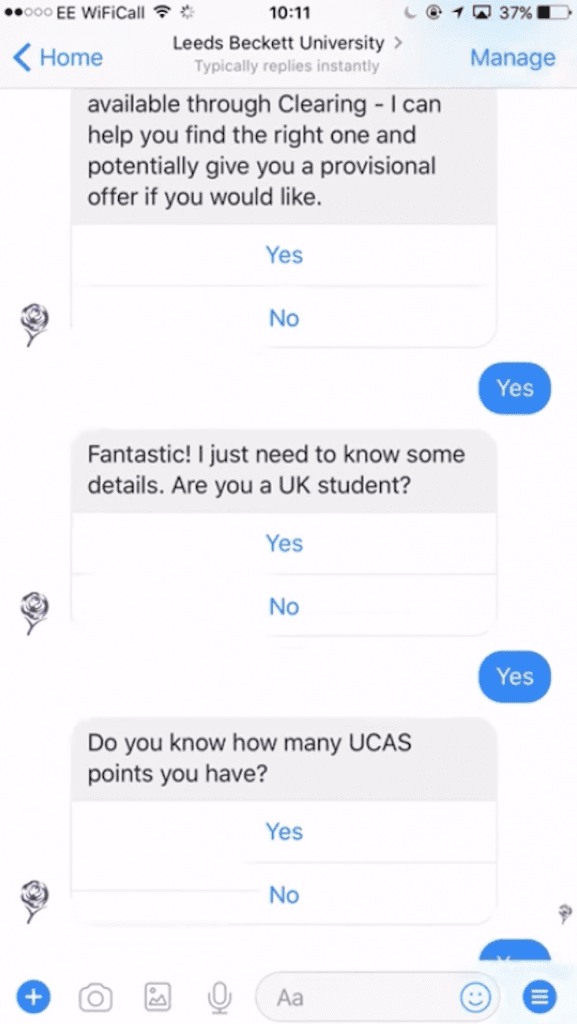
Beyond just providing automated sources of tailored information, they can also give you a nudge to help you focus on your task at hand, or send reminders and alerts to help you stay on track. In a way, they can be a learner’s digital coach to motivate them while also making their access to knowledge that much easier.
Future-proof Tip #4
Collaborate with social learning
In a survey conducted by Centre for Learning and Performance Technologies, learners found informal workplace learning more valuable than corporate eLearning with 87% identifying social knowledge sharing as essential.
Social learning can take many forms. Many of us engage in social learning informally every day, like when we log onto Zoom or Skype to connect with our peers. These avenues can be informal (in that it exists outside of an LMS system), or it can be a function of your LMS. For instance, Moodle is a popular LMS that offers forums, chat, direct messaging, and peer-to-peer assessments.
Another way to practice social learning is through gamification. Teams can work together to share information in order to collectively progress and “win” at a course. Or, badges can be earned by individual learners and a scoreboard made public to everyone enrolled in the course.
When you build a community out of learning, you get the benefits of those within the network being able to learn from each other, without the extra effort required by the educator.
Future-proof Tip #5
Don’t trust your gut; use your member data instead
Being able to utilize your member data to make decisions is and will continue to be critical to future-proofing all aspects of your organization. Using data to determine your eLearning strategies is no exception. Having your member data at your fingertips will be key to evolving and improving your courses, training and certification programs over time.
At any given time, you should know:
- What courses are the most popular?
- What courses have the highest and lowest completion rates?
- Are members any more likely to invest in a course if they attend certain events, receive specific email campaigns or participate in an online community?
- Are there companies, sectors or segments that are more likely to invest in courses?
Your first step to getting this clear picture of your member data will be to break down any data silos you might have, so that you can see the full picture of your member engagement across their entire journey. Investing in data-specific tools, like member data platforms and business intelligence tools, can have the biggest impact on your eLearning success in the long term.
Future-proofing your tools
If you’re in the market for a new LMS and are considering the features mentioned above, build them into your requirements before you start your search to make sure your new tool can support what you’d like it to do! Or, look for an LMS that makes it easy for you to integrate with third-party apps you might consider down the line. Staying relevant in a fast-changing world is a game that every organization and association plays. By being mindful of trends and growing expectations, you can advance your ability to more effectively capture the attention of your learners!

